
Chainsaws are powerful tools that make quick work of cutting tasks, but they can also be dangerous when not handled properly.
This article aims to provide an informative look at common chainsaw accidents, the injuries they cause, and the measures you can take to stay safe while using a chainsaw.
- Chainsaw Injuries
- Chainsaw Professionals vs Homeowners
- Chainsaw-Related Injuries
- Kickback
- Safety Training
- Personal Protective Equipment (PPE)
- Chain Tensioning
- Chainsaw Operation
- Chainsaw Kickback Safety Measures
- Chainsaw Injuries Annually
- Wrapping Up
- Frequently Asked Questions
- What are the types of chainsaw accidents?
- What causes chainsaw accidents?
- What is the average chainsaw injury?
- What causes chainsaw kickback?
- How do most chainsaw accidents happen?
- What are the common reasons for chainsaw injury and death?
- How dangerous are chainsaw accidents?
- How many people are injured in chainsaw accidents each year?
- What are the most common injuries in chainsaw accidents?
- What safety measures can prevent chainsaw accidents?
Chainsaw Injuries
Lacerations
The most common chainsaw injuries are lacerations caused by the sharp chain. These injuries can range from minor cuts to deep wounds, often requiring stitches or even surgery.
Injury Stats
According to the CDC, approximately 36,000 people are treated for chainsaw-related injuries each year in the United States. Chainsaw injuries can be severe and sometimes even fatal, so it is crucial to understand and practice safety measures when using a chainsaw.
Chainsaw Professionals vs Homeowners

Tree Workers
Chainsaw professionals, such as tree workers and arborists, are at a higher risk of injury due to the nature of their work. They often work at heights and in hazardous conditions, making them more susceptible to accidents.
However, their experience and training typically lead to fewer severe injuries.
DIY Tree Pruning
Homeowners who use chainsaws for DIY tree pruning and other tasks may be less experienced and less knowledgeable about proper safety procedures. This inexperience can lead to accidents, with left arm injuries being the most common among homeowners.
Chainsaw-Related Injuries
Hospital Visits
Chainsaw injuries often require hospital visits for treatment. The severity of the injury depends on various factors, such as the depth of the cut and the body part affected.
In some cases, severe lacerations can lead to amputations or even death.
Severe Cases
Severe cases of chainsaw injuries may result in long-lasting consequences, such as nerve damage, loss of mobility, or chronic pain. Proper safety measures and precautions can significantly reduce the risk of these life-altering injuries.
Kickback
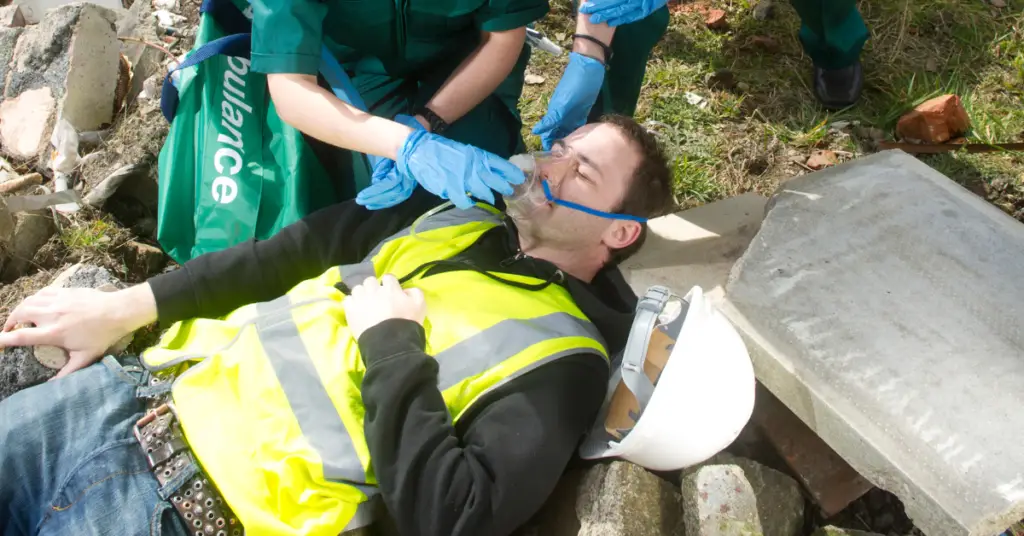
Chainsaw Movement
Kickback is one of the leading causes of chainsaw accidents. It occurs when the chain’s tip strikes an object, causing the saw to suddenly move upward and backward. This sudden movement can result in the chainsaw operator losing control, potentially leading to severe injuries.
Chain Tip Hitting an Object
When the chain tip hits an object, the force generated by the kickback can cause the chainsaw to become a dangerous projectile. Operators must be aware of their surroundings and avoid situations where the chain tip may come into contact with an object unexpectedly.
Safety Training
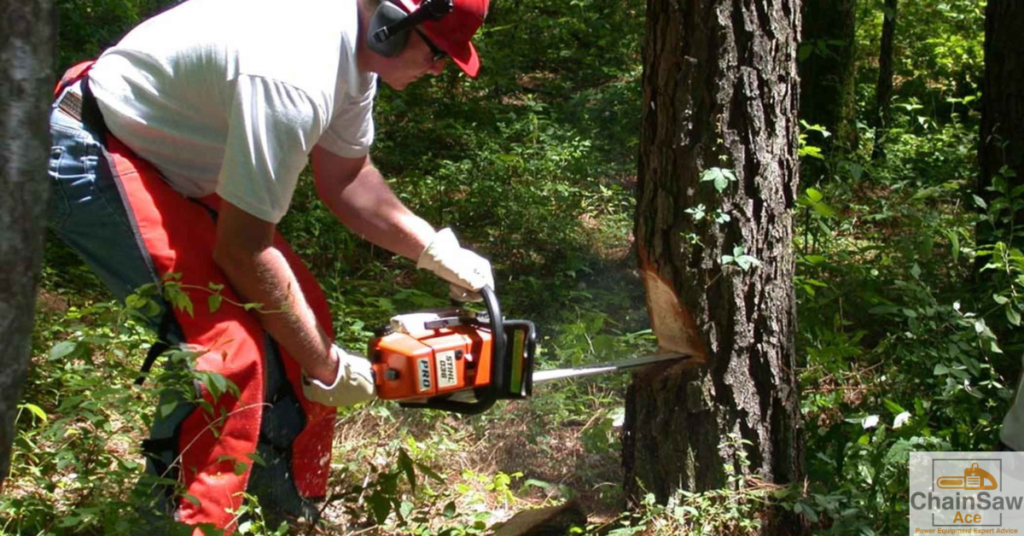
Proper Work Procedures
Safety training is essential for both chainsaw professionals and homeowners. Proper work procedures can help prevent accidents and ensure safe chainsaw use.
Training should cover specific hazards, cutting tasks, and the proper use of safety equipment.
Specific Hazards
Understanding the specific hazards associated with chainsaw use is crucial for preventing accidents. Chainsaw operators should be aware of potential risks, such as kickback, and learn how to minimize those risks through safe work practices.
Personal Protective Equipment (PPE)
Safety Gear
Using personal protective equipment (PPE) is essential for chainsaw safety. PPE includes safety gear for the head, ears, eyes, legs, feet, and hands. Helmets, safety glasses, ear protection, chainsaw chaps, steel-toed boots, and gloves are all vital components of a chainsaw operator’s safety gear.
Proper Use and Maintenance
Proper use and maintenance of PPE are crucial for its effectiveness. Chainsaw operators should regularly inspect their safety gear for signs of wear or damage, replacing it when necessary.
Following the manufacturer’s guidelines for the care and storage of PPE can help ensure its longevity and effectiveness.
Chain Tensioning
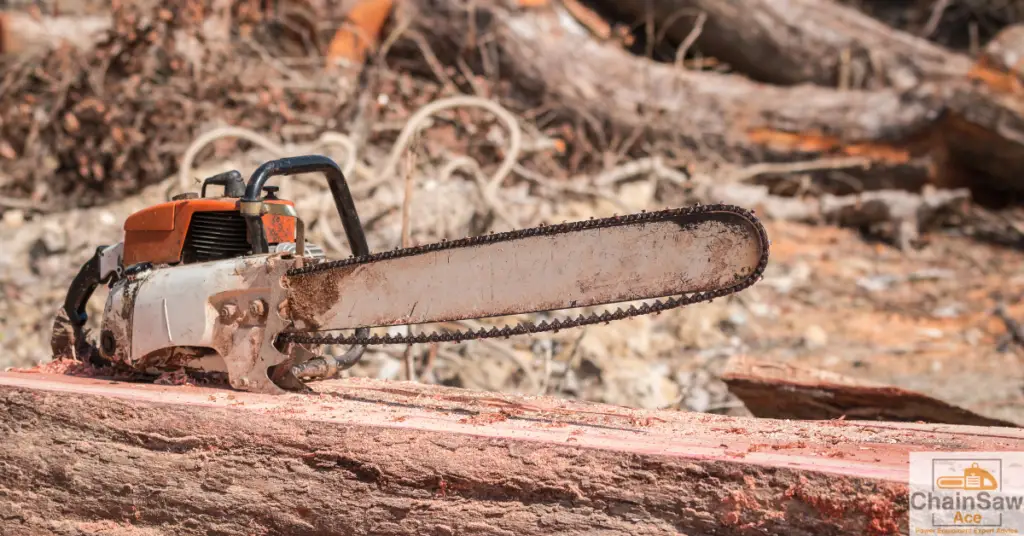
Chain Adjustment
Proper chain tensioning is crucial for safe chainsaw operation. Loose chains can slip off the guide bar, while overly tight chains can cause excessive wear and damage.
Regularly checking and adjusting the chain tension can help prevent accidents related to chain tension.
Controls and Lubrication
Maintaining the chainsaw’s controls and ensuring proper lubrication is also essential for safe operation. A well-lubricated and properly functioning chainsaw is less likely to experience issues that could lead to accidents.
Chainsaw Operation
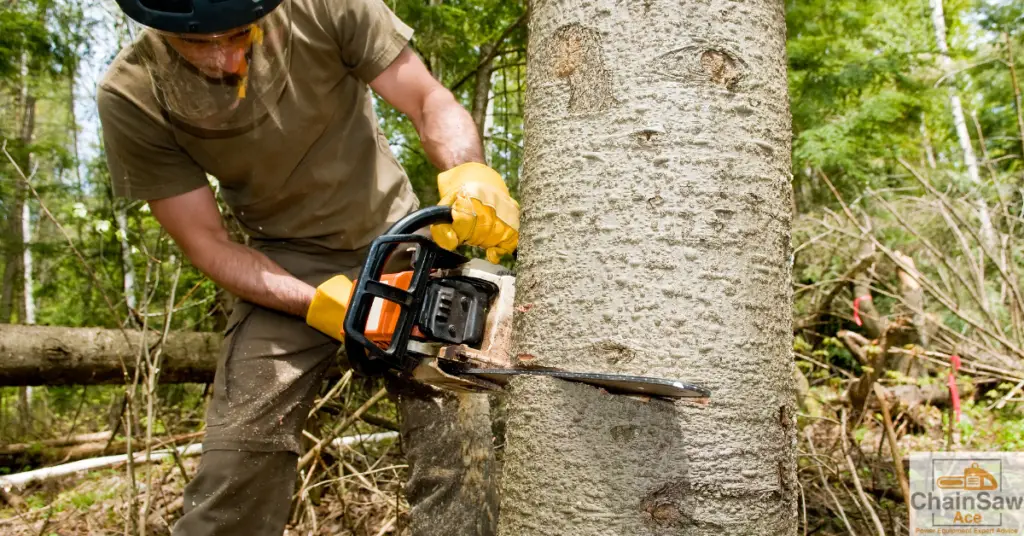
Maintenance and Adjustment
Regular maintenance and adjustment of your chainsaw are necessary for safe operation. This includes checking and adjusting the chain tension, lubricating the chain, and ensuring all controls are functioning correctly.
Always refer to the manufacturer’s manual for specific instructions and safety tips.
Manual Instructions
Reading and following the chainsaw’s owner’s manual instructions can help prevent accidents and ensure safe operation. The manual provides valuable information about the chainsaw’s features, maintenance requirements, and safety precautions.
Chainsaw Kickback Safety Measures
Safety Garments
Wearing appropriate safety garments, such as chainsaw chaps and gloves, can help protect the operator from the potential dangers of chainsaw kickback. These garments are designed to provide an added layer of protection in case of an accident.
Proper Technique
Using proper technique when cutting with a chainsaw is essential for preventing kickback accidents. This includes keeping both hands on the chainsaw, using the appropriate cutting angle, and being aware of the chain’s tip at all times.
Chainsaw Injuries Annually
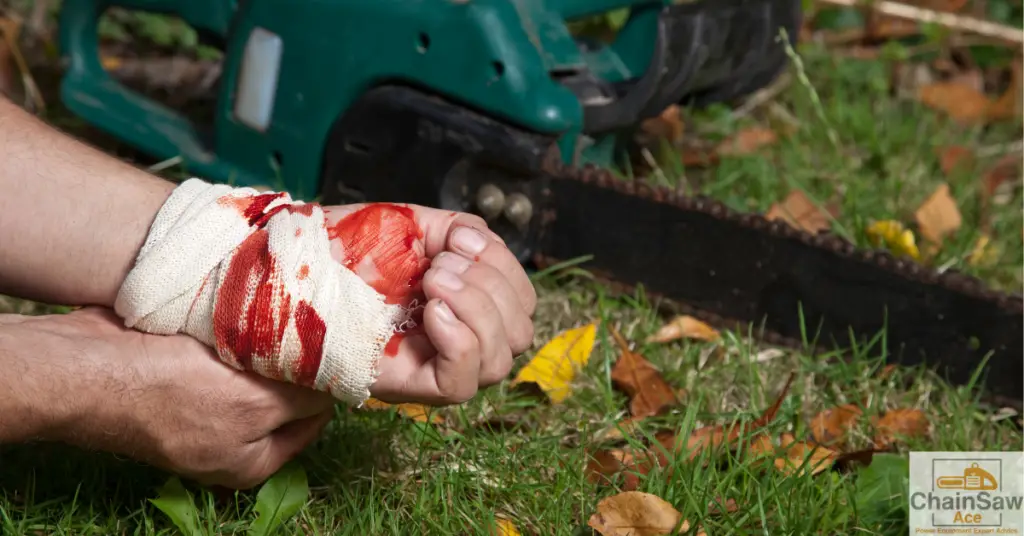
CDC Data
As previously mentioned, the CDC reports that approximately 36,000 people are treated for chainsaw-related injuries each year in the United States. These injuries can range from minor cuts to severe lacerations and even amputations.
Understanding the risks associated with chainsaw use and practicing proper safety measures can help reduce the number of chainsaw injuries annually.
Chainsaw-Related Deaths
Chainsaw-related deaths are rare but can occur in extreme cases. These fatalities can result from severe injuries, such as amputations, or secondary complications, like infections.
Adhering to safety guidelines and using proper protective equipment can significantly decrease the risk of chainsaw-related fatalities.
Wrapping Up
Chainsaw accidents can lead to serious injuries and even fatalities. However, by understanding the risks associated with chainsaw use, adhering to safety guidelines, and using proper protective equipment, operators can significantly reduce the likelihood of an accident.
Stay informed, practice safe chainsaw operation, and ensure that your chainsaw is well-maintained to minimize the risk of common chainsaw accidents.
Thanks for reading, and stay safe out there.
Steven R.
Frequently Asked Questions
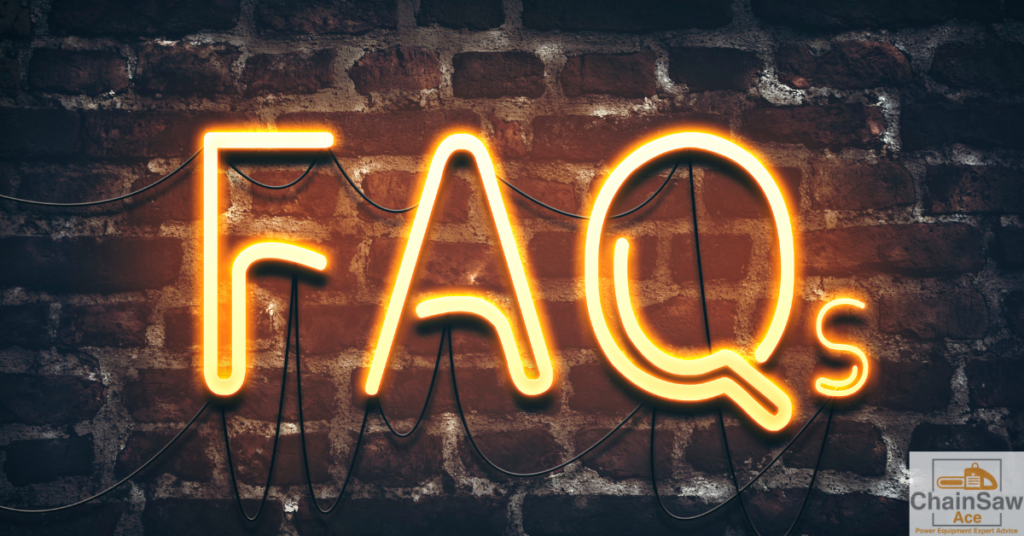
What are the types of chainsaw accidents?
Chainsaw accidents can include lacerations, kickback incidents, and injuries from improper use or maintenance.
What causes chainsaw accidents?
Common causes of chainsaw accidents include operator inexperience, improper safety gear, poor maintenance, and kickback.
What is the average chainsaw injury?
The average chainsaw injury is a laceration, which can range from minor cuts to deep wounds that may require stitches or surgery.
What causes chainsaw kickback?
Chainsaw kickback occurs when the chain’s tip strikes an object, causing the saw to suddenly move upward and backward.
How do most chainsaw accidents happen?
Most chainsaw accidents happen due to operator error, such as improper technique or lack of safety equipment.
What are the common reasons for chainsaw injury and death?
Common reasons for chainsaw injuries and deaths include lacerations, kickback incidents, and improper use or maintenance.
How dangerous are chainsaw accidents?
Chainsaw accidents can be very dangerous, leading to severe injuries, amputations, or even fatalities in extreme cases.
How many people are injured in chainsaw accidents each year?
Approximately 36,000 people are treated for chainsaw-related injuries each year in the United States, according to the CDC.
What are the most common injuries in chainsaw accidents?
The most common injuries in chainsaw accidents are lacerations, which can range from minor cuts to deep wounds requiring medical attention.
What safety measures can prevent chainsaw accidents?
Safety measures that can prevent chainsaw accidents include proper safety training, using personal protective equipment (PPE), maintaining and adjusting the chainsaw regularly, and practicing safe-cutting techniques.
